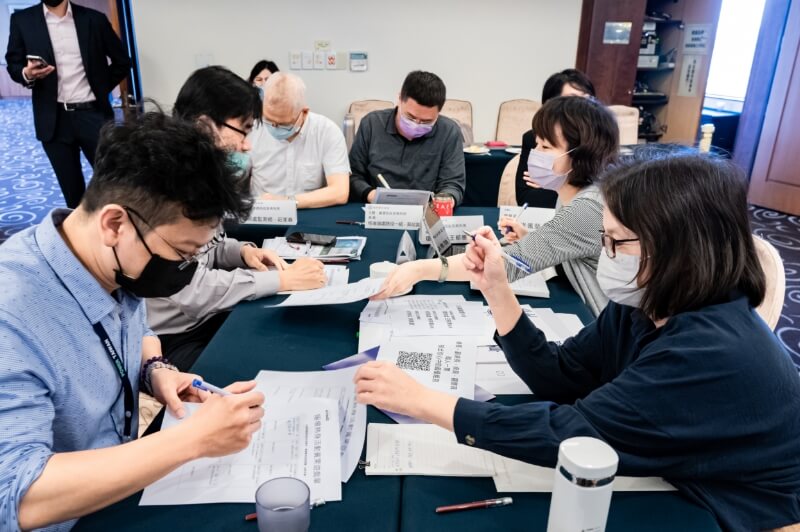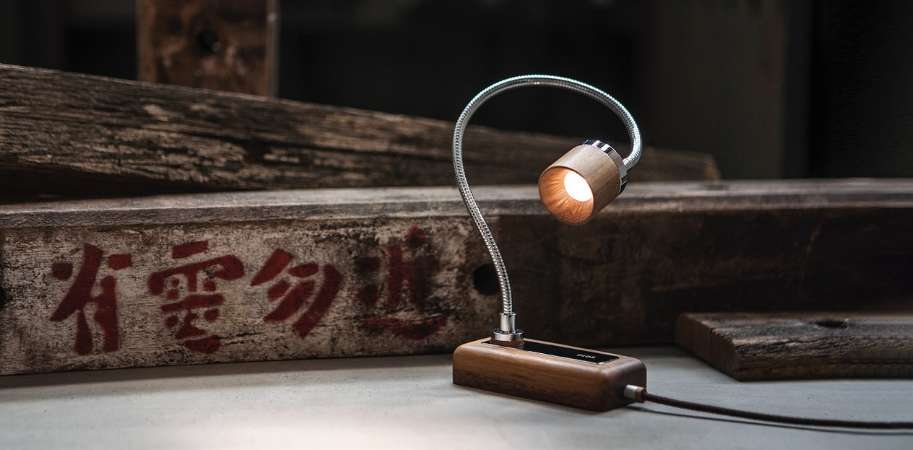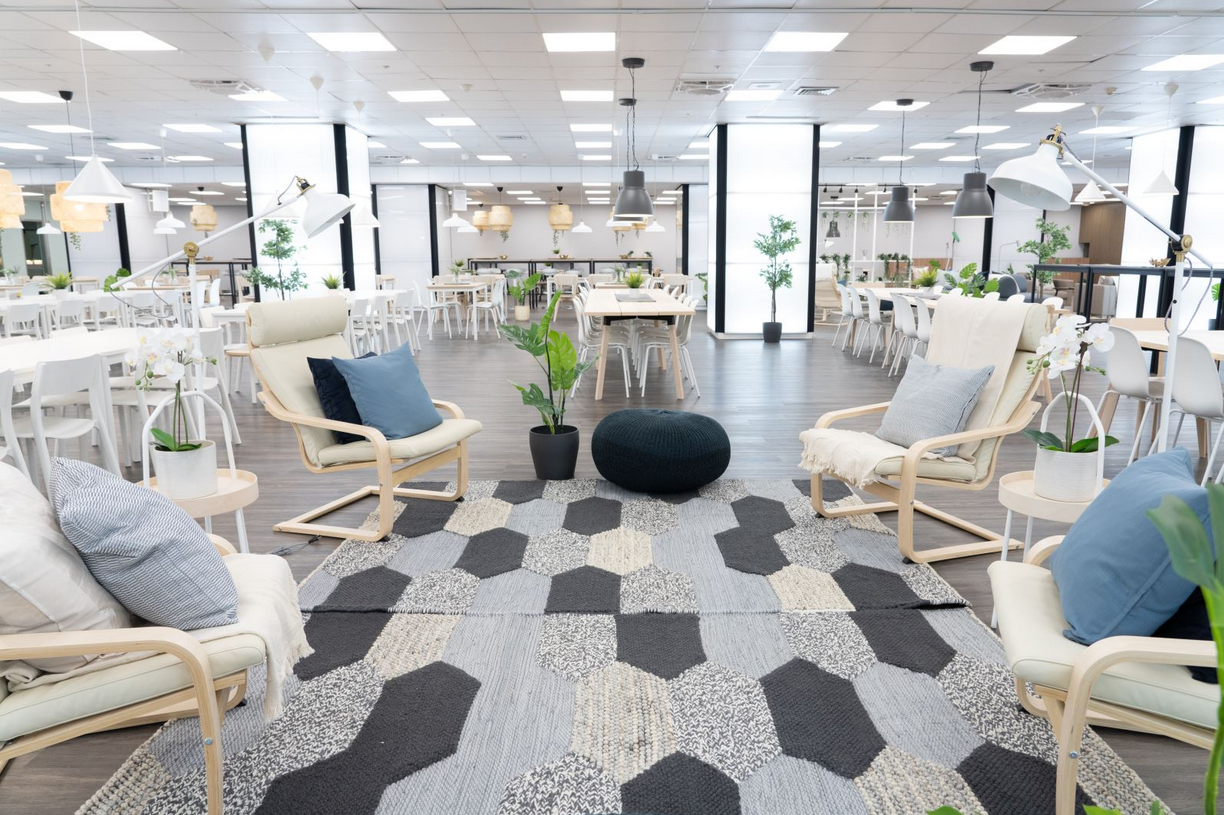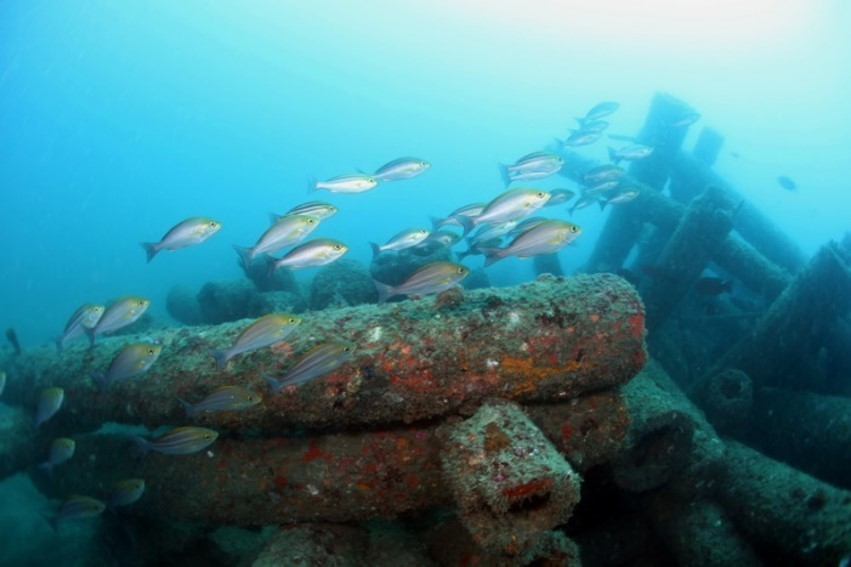Taipower has conducted research projects on circular economies, focusing on energy and resource inputs and outputs across the power sector value chain, including at the generation, transmission, supply, and distribution levels. Moving forward, Taipower will regularly update its strategic blueprint and formulate detailed action plans to support implementation.
Taipower’s Short, Medium and Long-Term Environmental Policy Goals
|
Strategy |
Focus on circular innovationKey strategic dimension |
Establish a circular business model |
Short-term goal - by 2022 |
Medium-term goal - by 2025 |
Long-term goal - by 2030 |
|
Complete the pilot of a circular business model |
Implement the circular resource supply model |
Establish a circular economy system |
Implementation of Circular Construction
Taipower possesses a significant amount of infrastructure. Promoting circular construction throughout the design, construction, operation, and decommissioning stages of that infrastructure enhances resource efficiency and reduces waste, supporting the goals of a circular economy. To support this transition, Taipower organized internal workshops and seminars to strengthen employee awareness. In 2023, Taipower consolidated its efforts into Circular Construction Implementation Guidelines and a Circular Construction Checklist as references for new construction and renovation projects. In 2024, the concept was applied to the Renovation of Dormitory No. 1 at the Training Center as a pilot project to guide future circular construction practices and realize sustainable building.


Hsinta Power Plant’s Yongan Wetland
The Yongan Wetland was originally the Wushulin Salt Field built during the Japanese colonial period. In 1984, as the salt industry went through a transformation and the property rights were transferred to Taipower for power development. In addition to retaining the county- designated Wushulin Salt Co., Ltd. historic site, Taipower tried to reduce development in the area and to avoid bird habitats when undertaking necessary development. The Company also planned a 41.25-hectare wetland reserve, a 15-hectare ecological buffer zone, a green belt, and a conservation area, thereby reserving two-thirds of the area as environmental protection land. As of 2020, the construction of new gas-fired combined cycle units at the Hsinta Power Plant had started. In addition to using eco-friendly construction methods, the total power generation capacity was 3.9 GW. Upon completion, the units will provide high-quality low-carbon electricity.
The Hsinta Power Plant will use the "Coastal Wetland Ecological Corridor Bird Paradise" as its blueprint for preserving the flood prevention and bird diversity functions of the Yongan Wetland, and in carrying out in-depth and sustainable cooperation with communities to eliminate invasive species and restore habitats, gradually implementing ecological protection actions when building power plants, and cooperating with partners to promote and strengthen environmental education.

TPCreative: A Circular Economy Brand
The TPCreative brand was formally launched in 2019. With the circular economy as the core concept of the brand, TPCreative cooperates with professional designers that use discarded and waste materials generated during the power generation process and combined them with elements of Taipower's identity to explore the feasibility of developing cultural and creative products. Through the display and sale of these creative products, the public is able to see a different side of Taipower. This helps to narrow the distance between the Company and the public and thereby enhances the Company's corporate image.
The WhimsE010 reading light
TPCreative launched a new product on Earth Day 2020. The WhimsE010 reading light is made with wooden beams from decommissioned electricity transmission equipment. The product name "#E010" refers to the code number for the wooden beams in Taipower's warehouse system. It was designed to provide three levels of lighting and touch control to minimize the impact of lights on the overall brightness of a space and instill new value into retired materials.

Taixi Wind Power Plant Bat Nesting Boxes
The Taixi Land-based Wind Power Project is Taipower's first ecological integration project. Taipower has set up four wind turbines in the windbreak forest along the north embankment of reclaimed land in Taixi, Yunlin County. During the background investigation in the environmental impact assessment stage, over 600 bats were discovered in the areas surrounding the wind turbine site. These included Pipistrellus abramus, Scotophilus kuhlii, Miniopterus fuliginosus, and Myotis formosus. Taipower subsequently referenced foreign case studies and set up bat nesting boxes on electric poles along roads in the surrounding area and in the southern windbreaks. This created an ecological corridor for bats and implemented the ecological conservation concept of habitat compensation as bats were gradually guided to nest in the windbreaks and away from wind turbines, thereby reducing the impact of power development on bats. The Taixi Wind Power Plant uses the "Green Pearl of Ecological Conservation on the West Coast" as its blueprint for tracking the progressive migration bats to nesting boxes, deepening local partnerships to shape Taipower's positive image, and preserving bat ecology and stable wind power generation – in short, realizing an effective ecological integration.
Retired cement utility poles are transformed into artificial fish reefs
Taipower utilizes retired cement utility poles to create artificial fish reefs by placing them in suitable marine areas. In coastal waters near power facilities, high-value juvenile fish are released to enhance fishery resources, improve or create marine habitats, and promote fishery development and ecological restoration. Since 1997, a total of 18,517 artificial fish reefs have been deployed in 22 reef and protection areas around the island, providing habitats for coastal fish species, preventing fishery aging, and enhancing productivity in nearshore waters. By creating marine habitats, these artificial reefs indirectly prevent trawlers from intruding into coastal waters.



